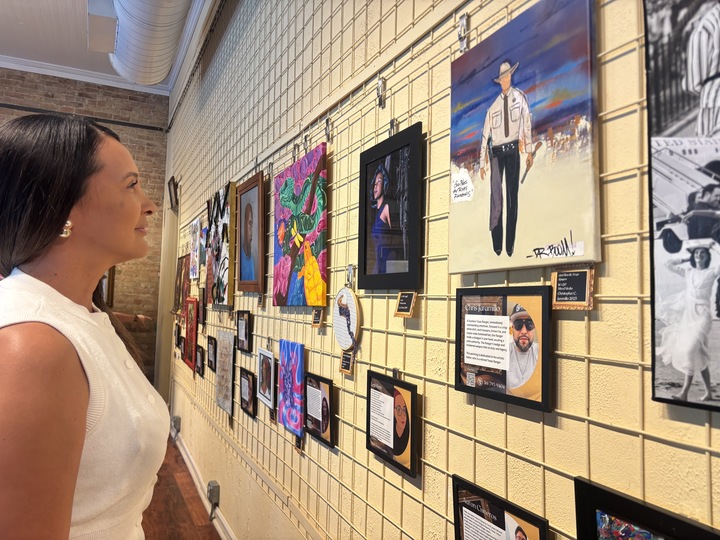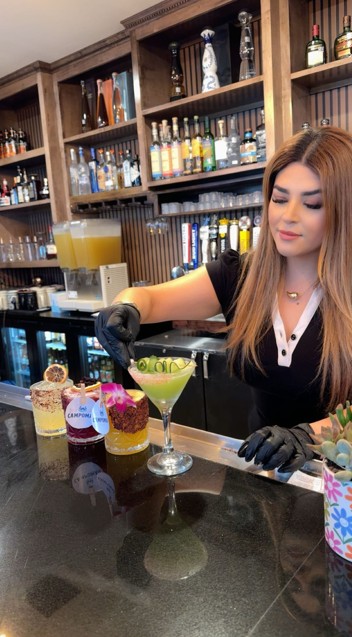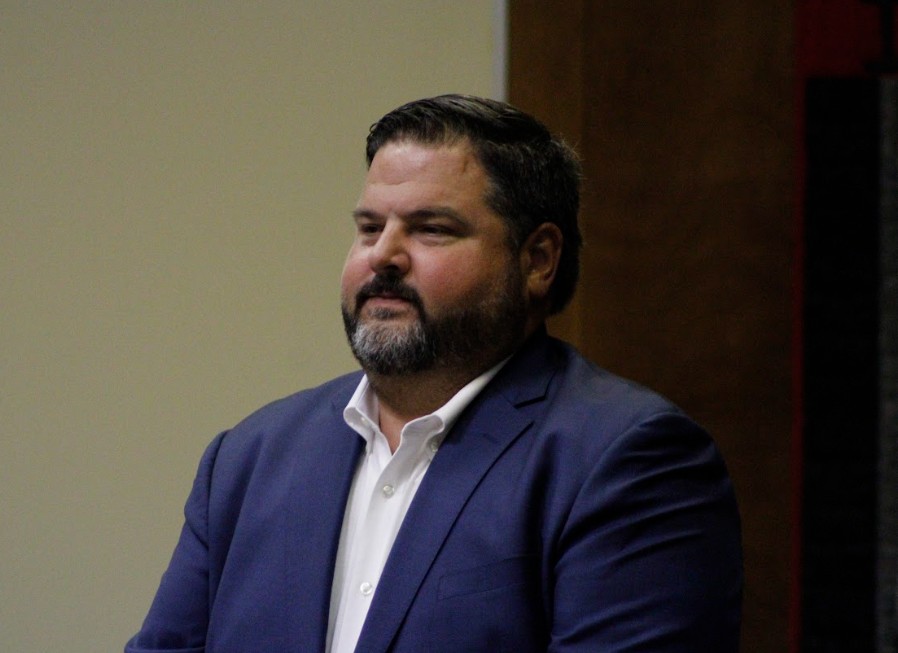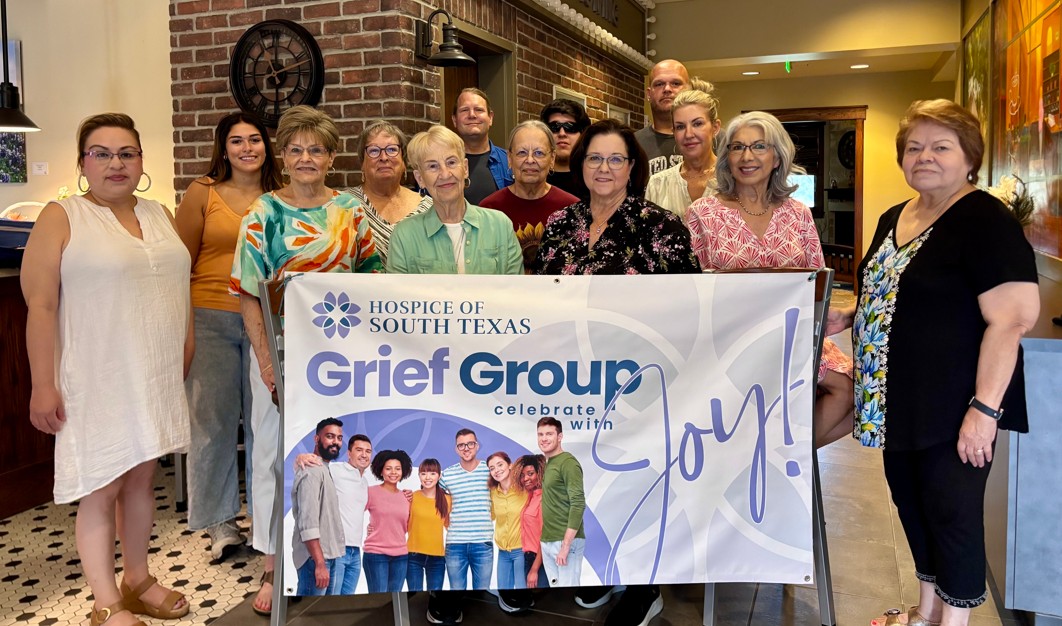Art collaboration shares Victoria’s untold stories
Published 5:15 am Friday, July 18, 2025
The rich fabric that makes up Victoria’s identity as a community comes from a rich and diverse cultural background. But what voices are telling the story of Victoria and its history?
“We believe the coastal bend is different from any other part of Texas,” Dr. Jim Dupree, Co-Director of the Texas Coastal Bend Community Oral History Project, said.
The Texas Coastal Bend Community Oral History Project: “Like a Whole Other Texas,” is a collaboration between the University of Houston-Victoria, the Victoria Regional History Center and the Be Well Victoria Coalition. The project seeks to collect and preserve the history of community members through oral narratives.
Trending
“We started the project here in Victoria, but we hope to expand,” Durpee said. “Everyone has a voice, but not everyone is heard.”
The project shares the stories of marginalized voices from veterans, lgbtq+ members, women, the homeless population, the Black community, disabled persons and the elderly.
“Your story is important. If you have a story to tell, we would love to hear it,” Durpee said. “There’s no group of people we aren’t interested in hearing from.”
Along with oral histories, the project showcased local art work from neurodivergent community members, muslim community members, immigrants and trans people.
“By having art, we are allowing people to tell their story the way they want to share it and in a way they’re comfortable with,” Durpee said.
The Be Well Coalition has taken residents on a journey of healing, self-expression and storytelling through art, giving them an outlet to share who they are with the community and highlight how culturally rich the community truly is.
Trending
“Mental health and wellness are closely tied to physical health,” Ashley Cano,Community Engagement Programs Manager with the Victoria County Public Health Department, said.
Through community discussion and surveys, Be Well Victoria found that community members identified financial insecurity, stigma and racism as the leading causes of poor mental health.
“This project gives a voice to a population that has been historically excluded,” Cano said. “Art puts names to emotions people can’t name.”
Community members painted their truths using computer art, photography, textiles, paints and sculptures to tell their stories, inviting their community to see the artist behind the art.
Along with the individual art work of local artists, there were community collaborative pieces from women, seniors/disabled people, the homeless population and the lgbtq+ community.
“We wanted to create a space where people could be seen and heard,” Cano said. “Some of these residents don’t consider themselves artists, but you give them the tools and ask them what color loneliness feels like and they begin to paint.”
Co-director of the project, Dr. Nadia Pittendrigh, said the key to finding these untold stories is embedding yourself in the community.
“Look at all the different and many stripes of culture and history here,” Pittendrigh said. “We want to make sure those stories are understood as being a part of the identity of the community.”
Through the oral histories, Pittendrigh tries to capture a sense of the whole person behind the story while the material histories share the story the person wants to tell in the way they want to tell it.
“We look through the lens of the undertold stories, who feels welcomed? Who doesn’t feel welcomed here?” Pittendrigh said.
Madison O’Hara is a news reporter for the Victoria Advocate. You can reach her at madison.ohara@vicad.com.









